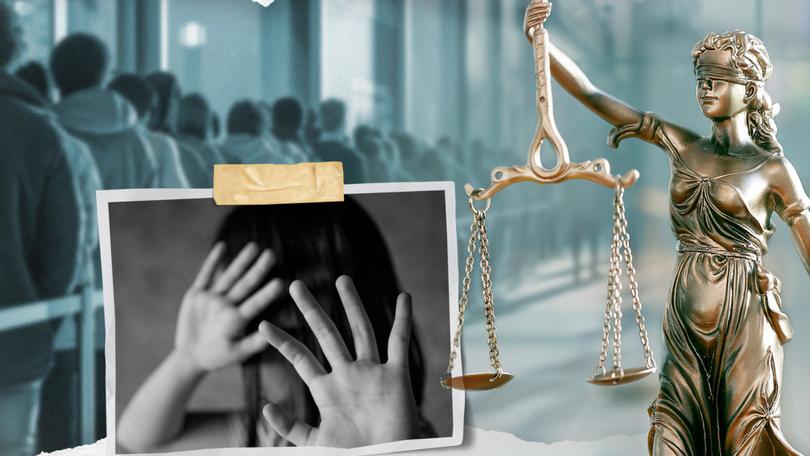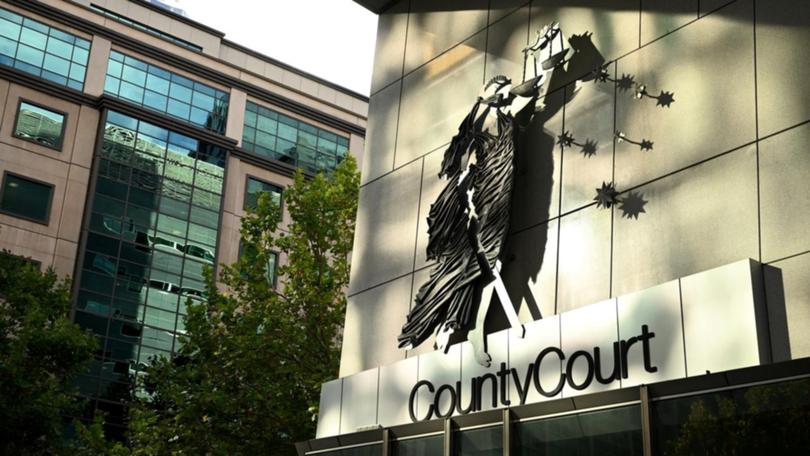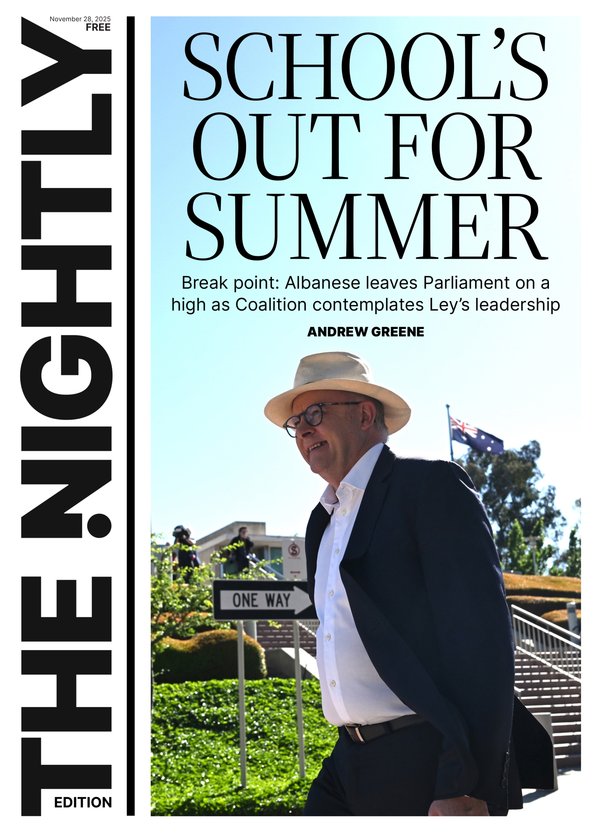Mounting backlog of institutional liability cases in Victoria after civil claims time limits scrapped

Victorian courts are facing a mounting backlog of institutional liability cases after the State Government scrapped time limits for bringing civil claims.
Legal experts said institutions were continuing to use brutal tactics against claimants, including survivors of child sex abuse, despite a number of royal commissions and inquiries recommending reform of how claims were handled by institutions.
The Nightly can reveal that there are nearly 1000 pending institutional liability cases with 824 in the Supreme Court according to latest figures and about 150 matters in the County Court.
Sign up to The Nightly's newsletters.
Get the first look at the digital newspaper, curated daily stories and breaking headlines delivered to your inbox.
By continuing you agree to our Terms and Privacy Policy.Both courts have specialist lists to deal with the increasing number of institutional liability claims.
The Supreme Court last month announced it was modifying case management and listing practices in response to the “substantial and sustained growth” of the court’s injury-based lists.
“The Court has a target of having all cases in the Institutional Liability List reach trial within 14-16 months of an appearance first being filed,” said the announcement.
“To support this, the Court is increasing the number of trials that it can list each week, and is taking steps to eliminate certain categories of administrative work involved in the early stages of claims.”

The Victorian Government in 2015 abolished a time limit on civil claims brought by victims of institutional abuse, allowing survivors to come forward after decades of suffering in silence.
La Trobe University senior lecturer Laura Griffins said that historically there had been a number of different hurdles for claimants seeking compensation or redress that had been addressed by both the commonwealth and Victorian royal commissions.
“We’ve seen a range of reforms in the area aimed at making it easier for victims and survivors to make claims and that’s a positive development,” she said.
In 2013 the Victorian Government released the landmark Betrayal of Trust inquiry report that paved the way for the Commonwealth Royal Commission years later.
The Napthine Coalition government accepted all 15 recommendations, and the implementation was eventually finished by the Andrews Labor government.
But it is unclear how many of the hundreds of recommendations made by the Commonwealth Royal Commission have actually been implemented.
Child abuse compensation lawyers said institutions such as the State Government and religious organisations are using the same tactics to break claimants that they did before the inquiries.
Shine Lawyers abuse law practice leader Amy Olver said cases numbers were growing as defence lawyers continued to challenge the credibility of abuse victims.
“There is quite a disappointing trend developing where certain institutions are taking a much more adversarial approach to the civil process,” she said.
“While a lot of progress has been made, there’s still clearly a great deal more work to be done.”
Ms Olver said on average it took a survivor of child abuse about 25 years to make a formal report, something she said took phenomenal courage.
“We see time and again though that defendants use this delay in reporting as a way of challenging a victim-survivor’s credibility,” she said.
“It’s such an outdated way of thinking which only serves to highlight a defendant’s lack of understanding about the true extent of the trauma endured by victim-survivors.”
The Nightly has previously reported on the case of child abuse survivor Butch, who this year settled a civil claim with the Victorian Government after three-years of brutal negotiations despite the perpetrator being convicted in 1974.
A Victorian Government spokesperson said it took its responsibilities seriously as a model litigant and the court process could be retraumatising for survivors of child abuse.
“We thank all the survivors, their families and advocates who have bravely spoken up right across Australia in growing numbers, and helped us make Victoria a safer place for children,” said the spokesperson.
“As a model litigant, we and the solicitors acting on our behalf have a responsibility to act appropriately, fairly and in accordance with the highest professional standards at all times, including in legal proceedings. This is a responsibility we take seriously.”
The Victorian Government’s own definition of a model litigant says the State carries an obligation to act fairly and consistently, not cause unnecessary delay, pay legitimate claims without litigation and seek to avoid and limit legal proceedings.
A footnote to the definition says: “The obligation does not prevent the State and its agencies from acting firmly and properly to protect their interests.”
In August 2022 Stuart Grimley, then a member of the Derryn Hinch Justice Party, asked Attorney-General Jaclyn Symes how long it took on average for child abuse civil claims to be resolved; what the Victorian Government was doing to ensure it acted as a model litigant in child sex abuse claims; and the average time to resolve civil claims of child abuse.
The answer, due on September 1 in 2022, has yet to be answered.

